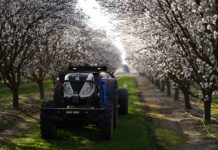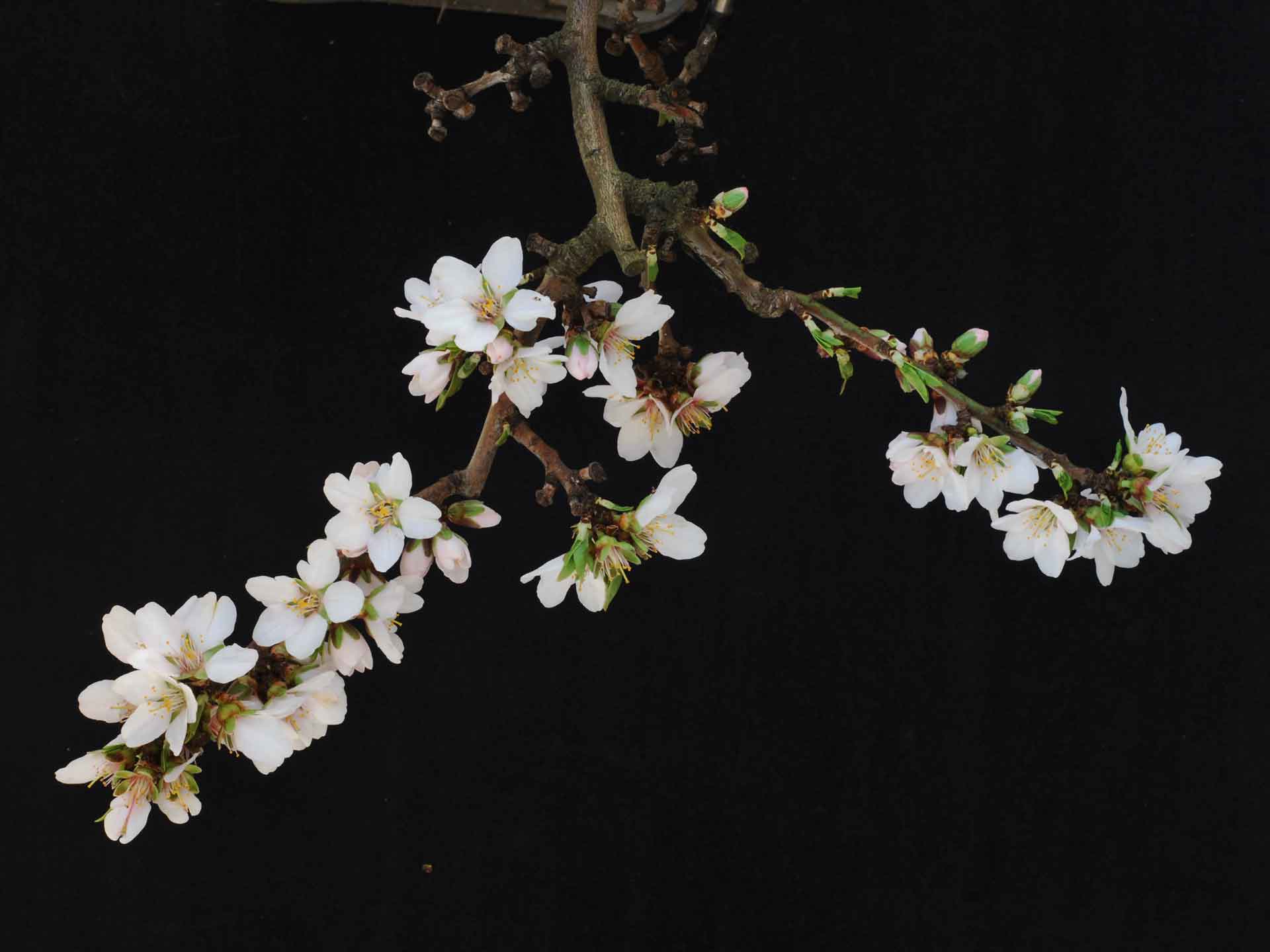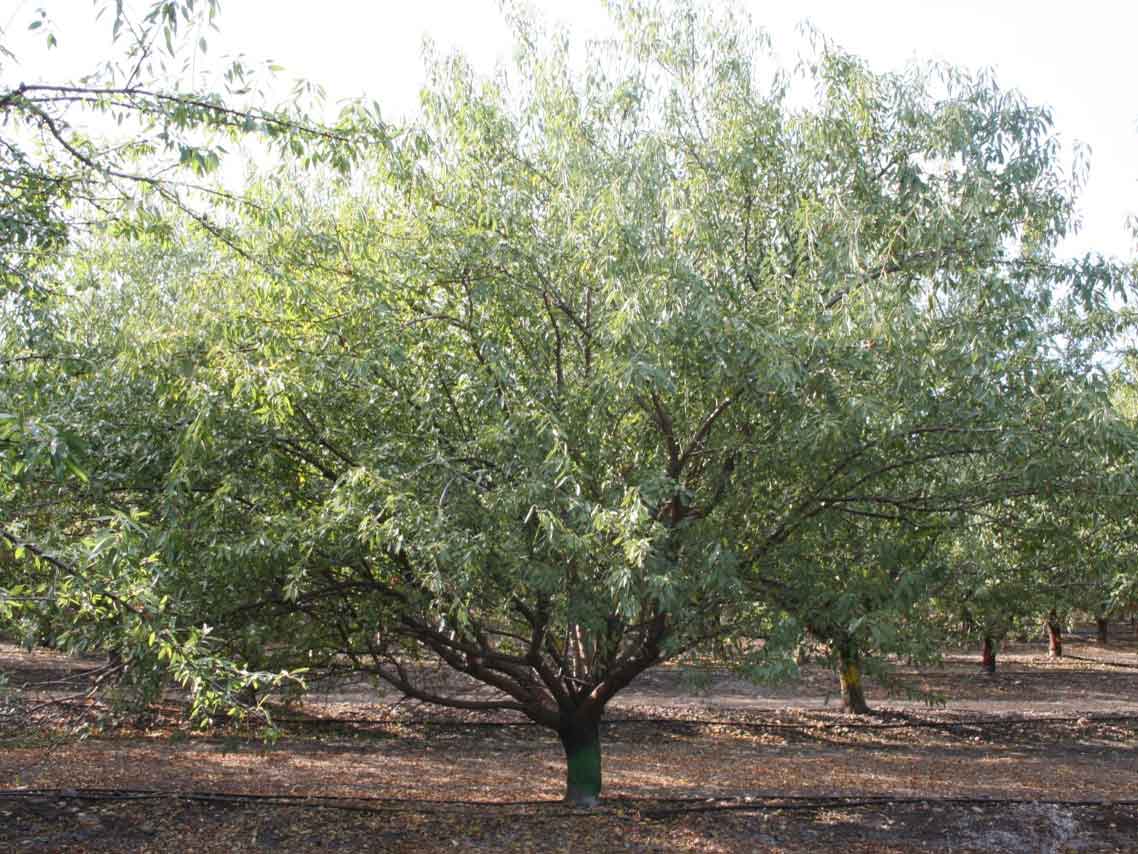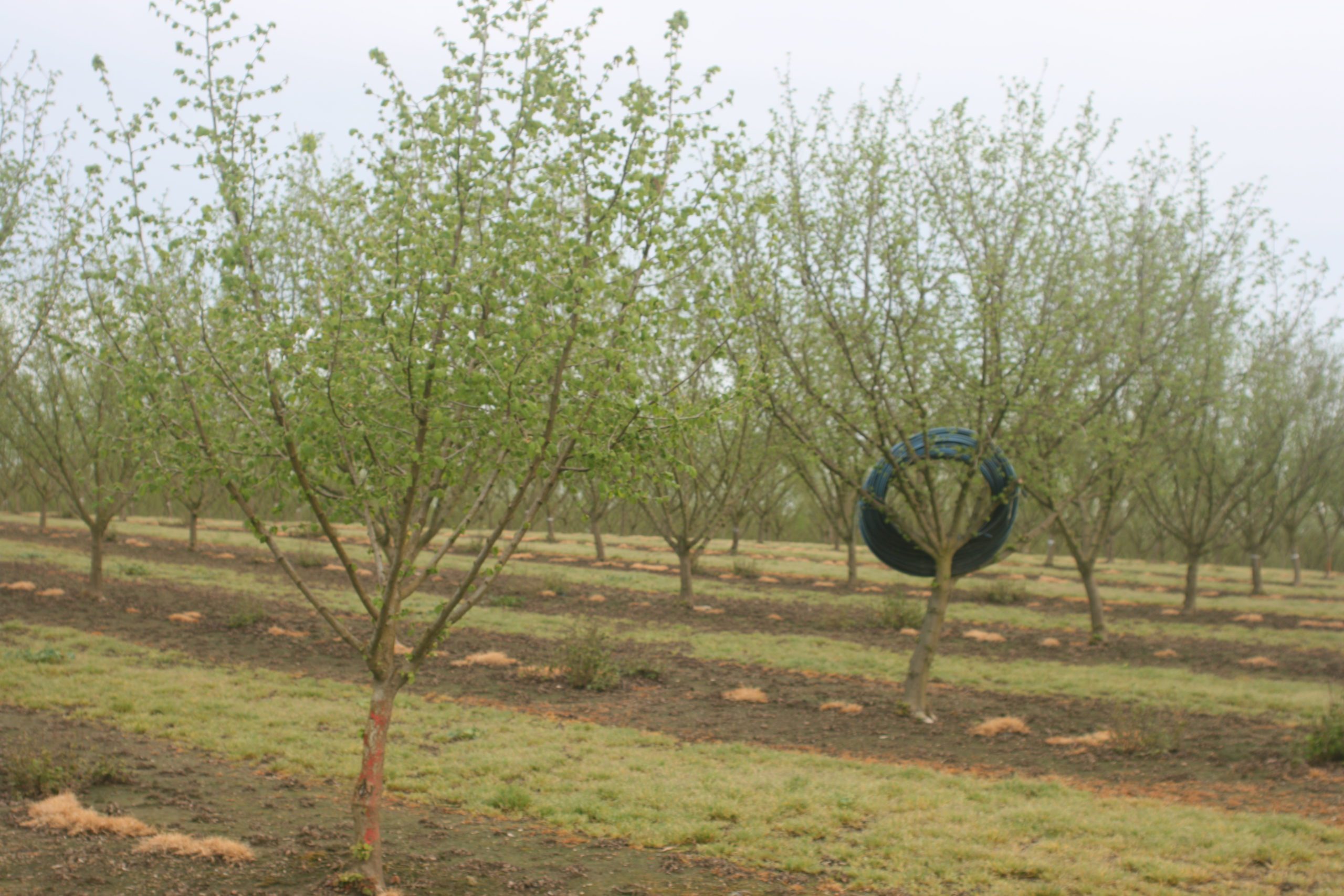
When you think about California’s tree nut industry, it’s easy to focus on the hard work growers put in every day. But behind the scenes, research has been the driving force keeping our industry competitive, sustainable, and profitable. From improving yields to conserving water and fighting off pests, ongoing studies are shaping the future of tree nut farming. As someone who has been covering this industry for years, I’ve seen firsthand how innovation has transformed the way we grow, harvest, and market these crops.
Bigger Yields, Stronger Trees
One of the biggest game-changers in tree nut farming has been advances in plant genetics and breeding. Researchers have developed new rootstocks that can handle drought, resist diseases, and thrive in different soil conditions. This means healthier trees, better nut quality, and higher yields per acre.
Take, for example, recent advancements in tree nut breeding. New self-fertile varieties are reducing the need for pollination while maintaining strong production. Tree nuts are also benefiting from breeding programs that improve their ability to withstand heat and fluctuating winter chill. These breakthroughs keep California growers ahead of global competition and ensure long-term profitability.
In this issue of West Coast Nut, take a look at our article on how private donations and public research can forge partnerships that improve this innovation in the pistachio indust
Water Efficiency: Doing More with Less
Let’s talk about water—because let’s face it, it’s the most critical issue we deal with. Research has led to huge advancements in irrigation efficiency. Drip and micro-irrigation systems, precision soil moisture sensors, and data-driven irrigation scheduling have helped growers get the most out of every drop.
The Almond Board of California, along with university researchers, has been at the forefront of these efforts, showing that growers can cut water use by up to 20% without hurting yields. Tree nut growers are also seeing major benefits from tailored irrigation strategies, helping them navigate California’s water regulations while keeping their orchards productive.
Soil Health: The Foundation for Success
Healthy trees start with healthy soil. Thanks to research on cover cropping, compost applications, and reduced tillage, growers are finding ways to build soil organic matter, improve water retention, and support beneficial microbes. The payoff? Stronger root systems, better nutrient uptake, and more resilient orchards.
Regenerative agriculture is gaining traction, and it’s not just a buzzword—it’s a proven way to improve long-term productivity. Some tree nut growers are already implementing these techniques to boost soil health and even sequester carbon, turning their orchards into part of the climate solution.
Fighting Pests Smarter, Not Harder
No grower wants to overuse pesticides, but controlling pests in tree nuts is a constant battle. That’s why Integrated Pest Management (IPM) has become such an essential strategy. Research has led to the development of pheromone-based mating disruption techniques, which drastically cut the need for broad-spectrum insecticides.
For instance, managing navel orangeworm—a major pest in tree nuts—has become more effective thanks to studies on improved orchard sanitation, natural predators, and selective sprays. These advancements not only protect crops but also help maintain beneficial insect populations and reduce chemical residues.
Technology: The Future of Tree Nut Farming
If you’re not using precision ag tools yet, you will be soon. Drones, satellite imaging, and AI-driven data analysis are taking tree nut farming to the next level. These technologies allow growers to monitor tree health, detect nutrient deficiencies, and optimize input use without wasting time or money.
Imagine being able to spot irrigation issues from the air before they impact yields or using machine learning to predict pest outbreaks before they happen. This is the kind of research-backed technology that’s shaping the future of farming.
Climate Challenges and the Road Ahead
We all know that growing tree nuts in California comes with challenges rising temperatures, shifting weather patterns, and increasing regulations. The good news? Research is helping growers adapt.
Studies on heat-tolerant tree nut varieties, smarter orchard management techniques, and improved winter chill calculations are giving growers the tools they need to stay ahead of these changes. By working with researchers, tree nut farmers can make informed decisions that protect their operations for the long haul.
Bottom Line: Research Drives Profitability
At the end of the day, all of this research isn’t just about sustainability—it’s about keeping tree nut growers profitable. More efficient water use, healthier soil, targeted pest control, and precision technology all add up to better yields, lower costs, and stronger returns.
As a publisher deeply connected to the ag industry, I’ve had the privilege of talking to countless growers, researchers, and industry leaders. One thing is clear: those who embrace research-driven advancements are the ones who will thrive in the future. California’s tree nut industry is built on innovation, and as long as we keep pushing forward, we’ll remain the world’s top producer of high-quality tree nuts for generations to come.















